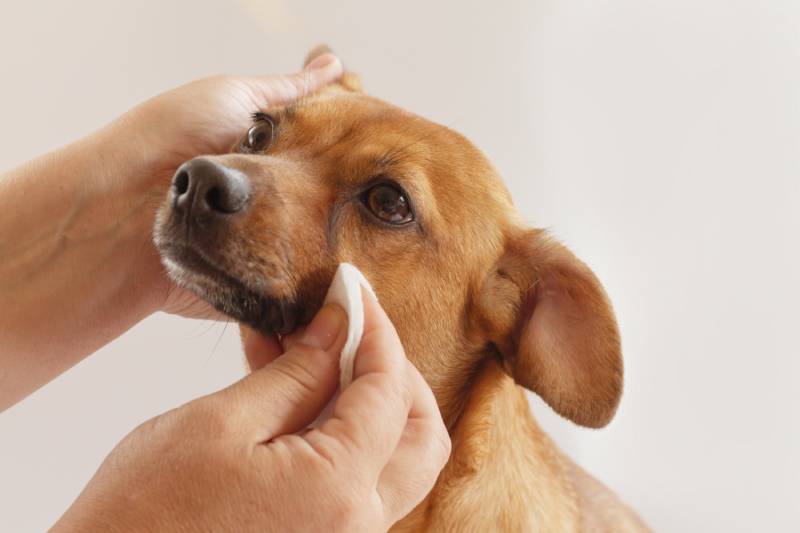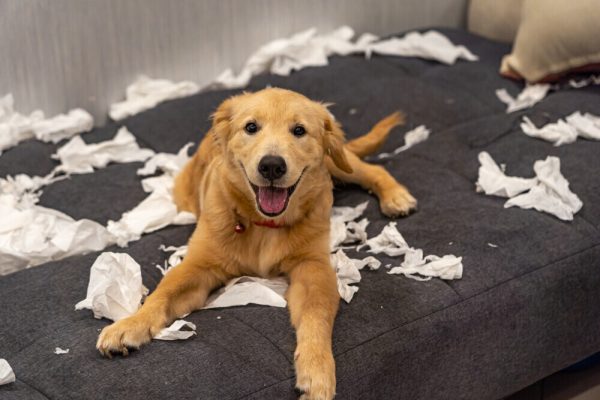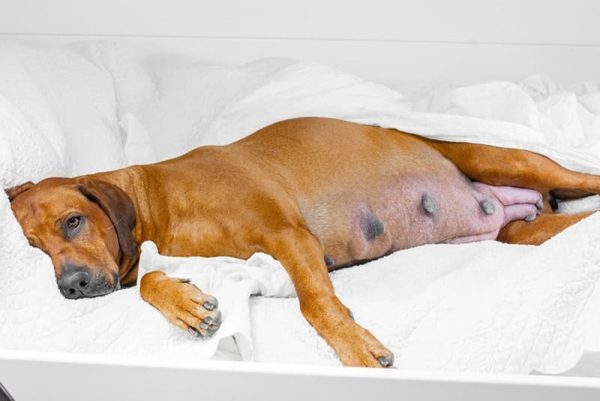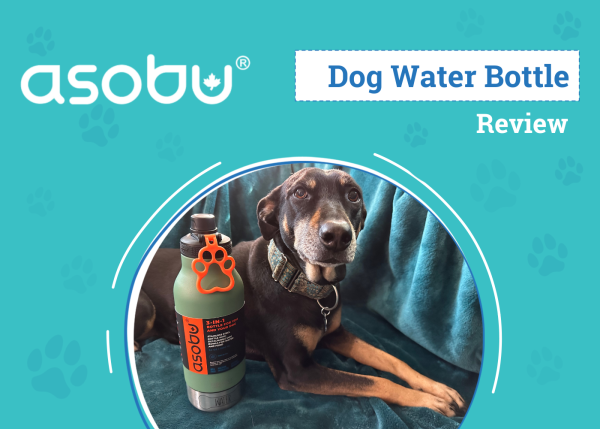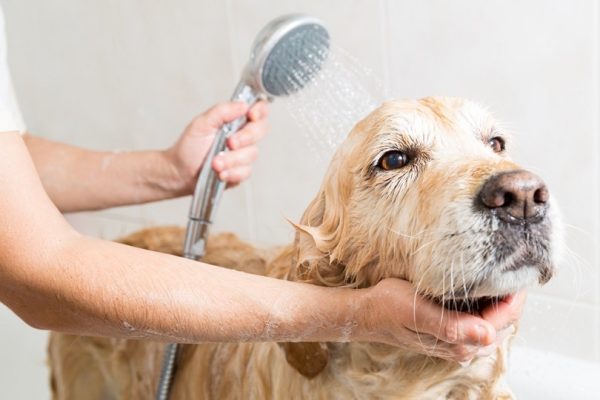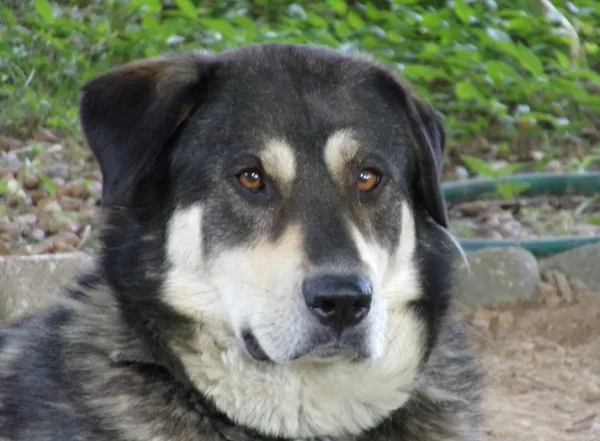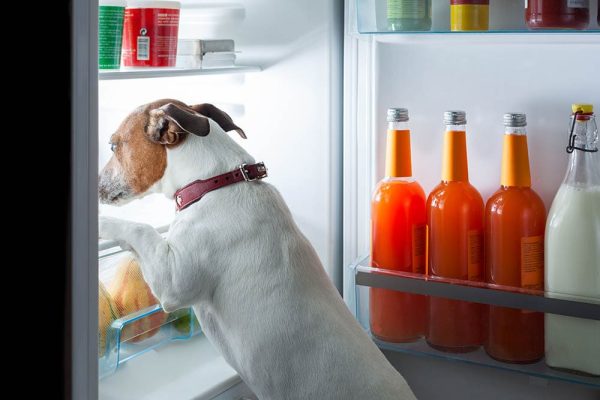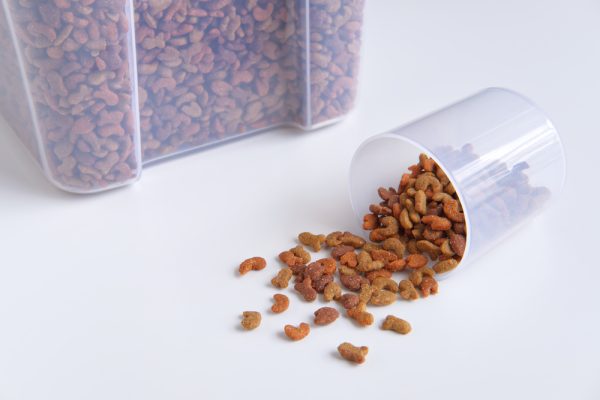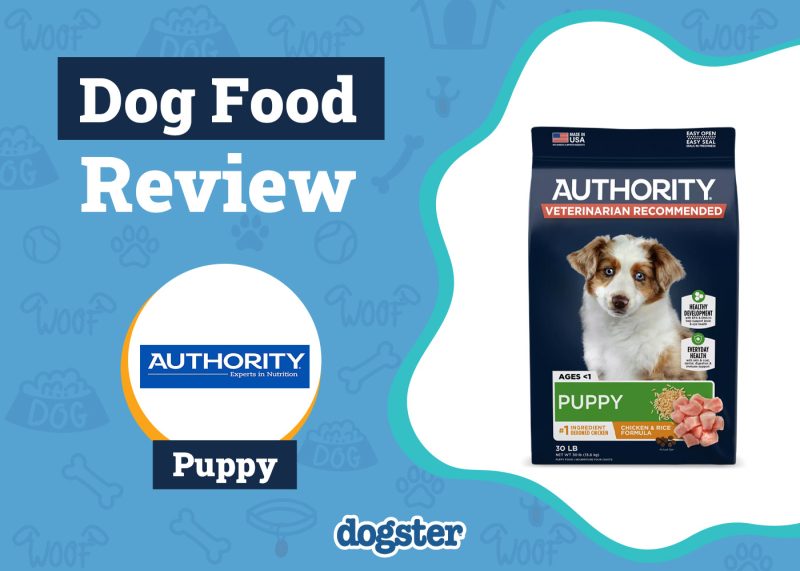Tear staining is especially common in white-coated dogs like Bichon Frises, Shih Tzus, and Maltese dogs. Though it can happen to darker-colored dogs, too, it isn’t nearly as obvious as it is in the white-colored breeds. There are stores of tear stain-removing rinses and wipes on the market, but some dog parents opt to DIY their solutions with what they’ve got at home for a cheaper, more natural alternative.
Physical removal is only part of the battle, though. To truly get to the bottom of things, you may need to address your dog’s overall health, eye health, maintenance routines, and food and water quality. We’ll explain everything in this guide.
The characteristic reddish-brown color of tear stains is caused by an iron-containing molecule called porphyrin which is excreted (normally) in the tears, saliva, and urine of dogs. If excessive tears are produced or if they aren’t draining appropriately, the tears overflow onto the hair around the eyes, causing those characteristic stains.

DIY Tear Stain Daily Cleansers: Step-by-Step Guides
Before attempting to remove tear stains, any underlying medical reasons must be ruled out. Tears should drain into the nose via a duct in the bottom eyelid known as the nasolacrimal duct. In some breeds, particularly those with large eyes and short noses, tears are prone to polling and then overflowing rather than draining as they should. If your dog didn’t have tear stains but suddenly does, it is worth booking an appointment with your veterinarian. Eye infections, damage to the cornea (the front of the eye), glaucoma, and other eye conditions can lead to increased production of tears and therefore an increase in overflow.
Any DIY solution you make mustn’t get into your dog’s eyes. Any solution should only be applied under the eyes. Also, take note that you may need to cleanse the stained area daily for a while before you see any significant results.
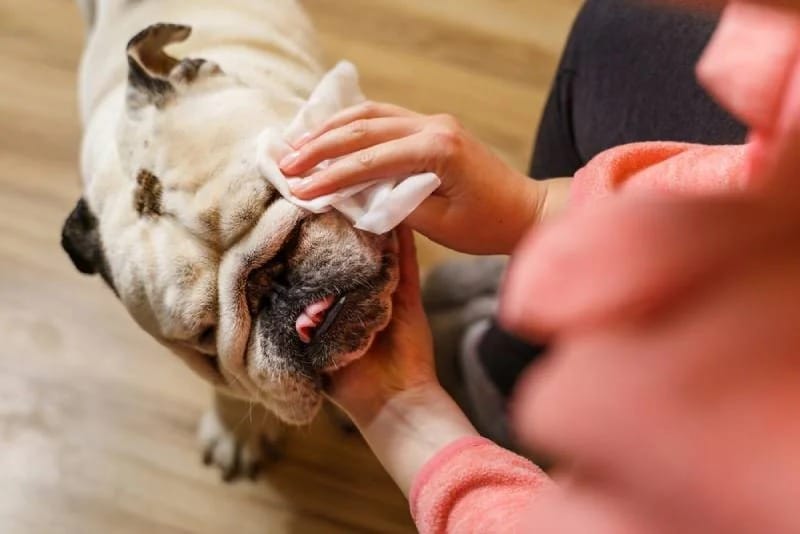
Option 1:
- Boric acid powder
- Distilled water
Steps
- Boil one cup of boric acid powder in a cup of distilled water.
- Let it cool, then apply to the area around the eye with a cotton pad. Rub the tear-stained area gently.
- Keep the mixture in the fridge—it can last up to a week.
- Repeat the process daily.
Option 2:
- Saline solution
- Cotton pads
Steps
- Put a pet-safe saline solution on a cotton pad.
- Apply under the eyes and rub gently. Use a new cotton pad for the second eye to prevent spreading any bacteria from one eye to the other.
On a final note, though some sources recommend products like 3% hydrogen peroxide, milk of magnesia, and cornstarch, some vets—including those at Smithfield Animal Hospital—do not recommend using these products for tear stains. Instead, the hospital recommends improving grooming and maintenance routines and checking your dog’s health status with a vet.
Boric acid is used in over-the-counter wipes that are made for tear stain removal, so if you are more comfortable buying a ready-made product, there are many on offer. It is important to realize that some products will work on some dogs and not others. Speak to your veterinarian for alternatives if you aren’t finding the above options helpful.
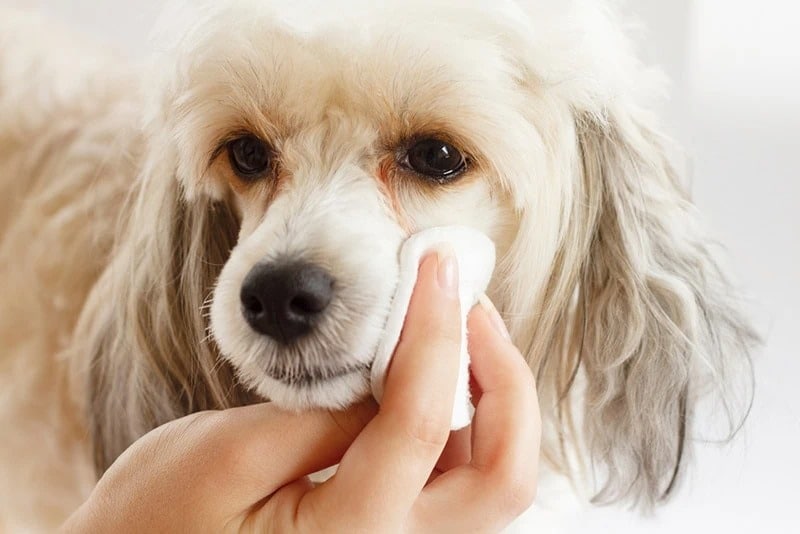

More Tear Stain Control Tips
There’s a lot to think about when it comes to keeping tear stains at bay, so here’s a checklist of steps to take.
See a Vet
The first and most important step to take is to see a vet to rule out any health issues, as sometimes there’s a medical cause behind tear stains. If this is the case, your vet will advise you on how best to tackle the situation.
Keep the Eye Area Clean, Dry & Groomed
When your dog drinks water, it splashes up around the eyes. Gently dry the eye area with a paper towel or cotton pad after your dog drinks water and consider trimming the facial hair to help keep tear staining under control. Let a professional groomer do this if you don’t feel comfortable. Aim to clean your dog’s face twice daily with a slightly damp cotton wool ball, and always start with the eyes before doing the mouth or the rest of the face. Remember to wipe away from the eye and always use a new cotton wool ball when switching between eyes.
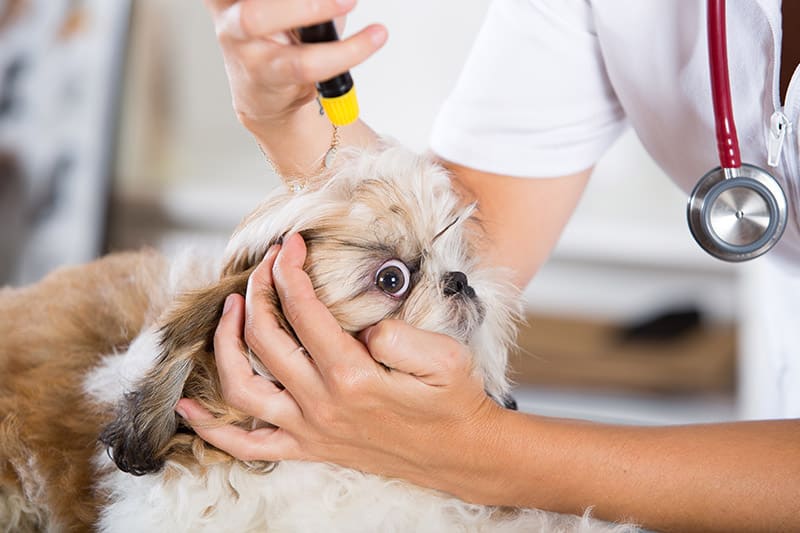
Consider Food Quality
Food allergies can certainly be a consideration when investigating the cause of increased tear production. Discuss any dietary changes with your vet before making them and if there are other clues of food allergies, your vet will be able to help you select a more appropriate diet for your pup.
Offer Purified Water
Water with a high iron or mineral content is said by some to contribute to tear staining. Try offering water that has been filtered instead, as this has a lower mineral content. Don’t give your dog distilled water as their drinking water.
Consider Food Supplements
Some supplements claim to reduce the amount of porphyrin in the tears of dogs which is the component that dyes the fur reddish-brown. There are many available on the market and they may be something to try if you aren’t managing to keep the stains at bay with washing alone.
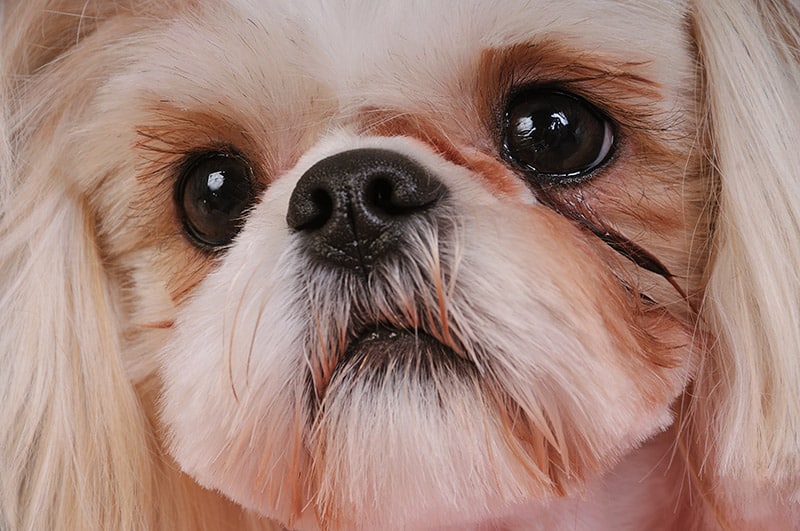
Use Commercial Products
If you’re not comfortable DIYing tear stain solutions like the ones mentioned above, you can find plenty of tear stain wipes and solutions in pet stores or online stores. Some sources say gently rubbing a mild, pet-friendly shampoo or baby shampoo (never standard human shampoo) with warm water around the eyes is a good option.

Final Thoughts
Tear stains aren’t merely superficial. Tackling them is both an inside and outside job with various factors to consider like diet, water quality, medical conditions, and grooming rituals. Whatever solution you use to remove tear stains, we’d urge you to run it by your vet first, especially since tear stains are sometimes caused by underlying health issues and may need special treatment.
See also:
Featured Image Credit: Marina.Martinez, Shutterstock
